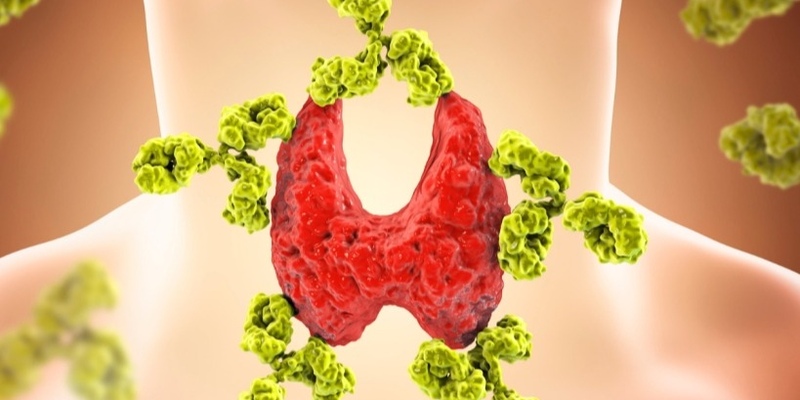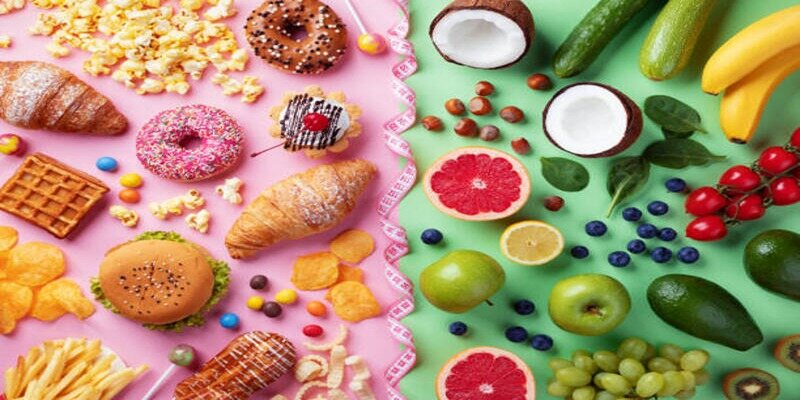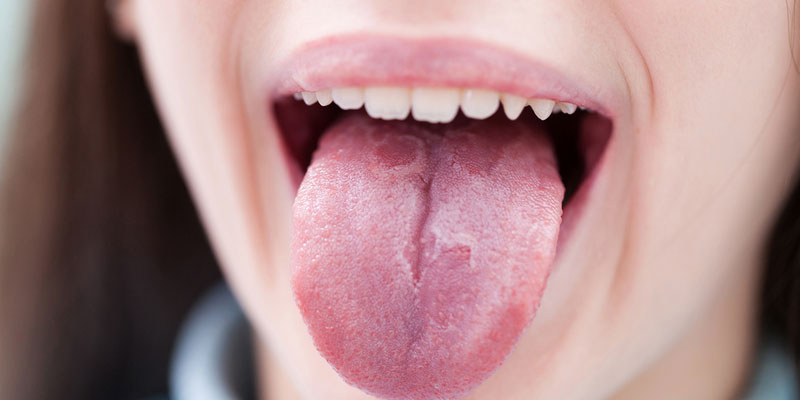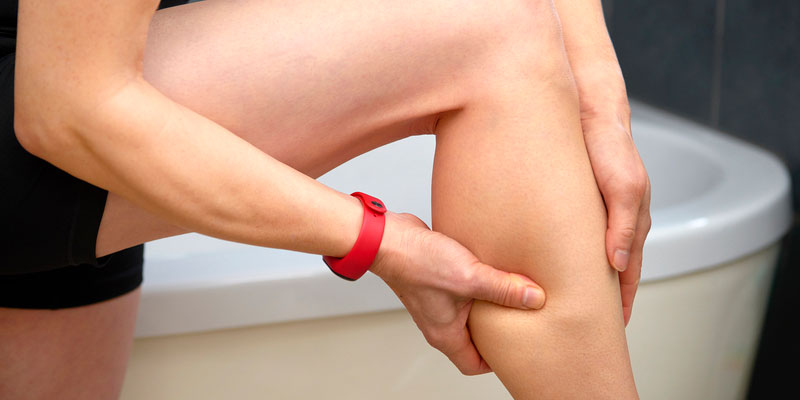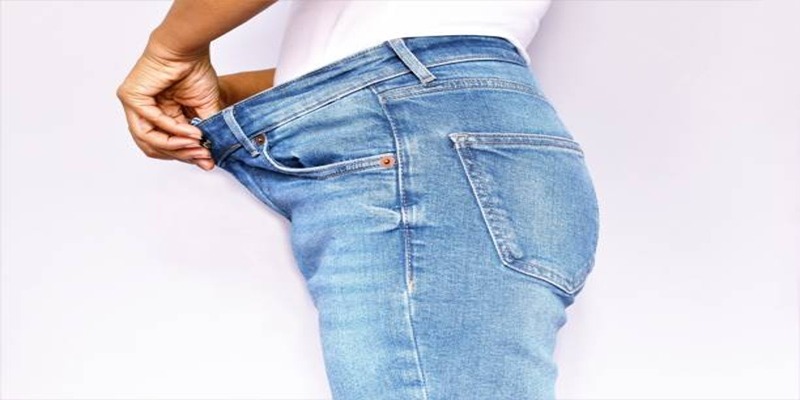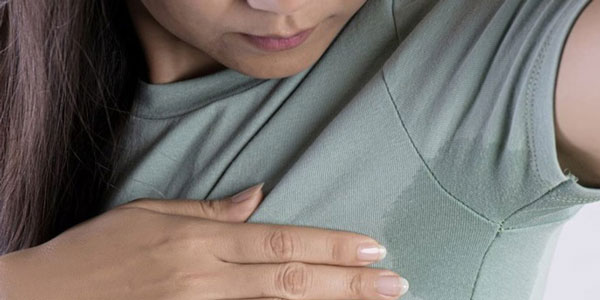Chemical digestion is how the body breaks down food into the nutrients it needs. These nutrients are then absorbed into the bloodstream and used by the body. The digestive system is in charge of this part of the process. After going through a chemical process that breaks them down, these bones are no longer safe to eat. For the body to work correctly, it needs to be able to take in the vitamins, minerals, and energy that come from the food it eats. It also helps eliminate toxins that have built up in the body. The small and large intestines, liver, and kidneys
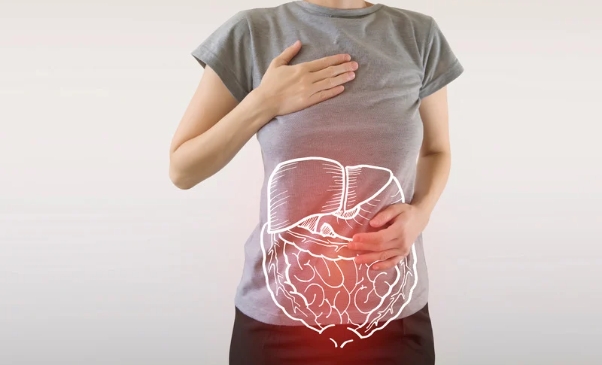
What is chemical digestion?Chemical digestion is using chemicals to break down food into its parts. Because of this change, the body can use the vitamins, minerals, and energy in food.There are two steps to the process of chemical digestion. The first step in making a meal is cutting the ingredients into pieces that are easy to eat. To do this, enzymes are put to work. The second step is for the body to take in the nutrients from the food just eaten.Every living thing needs its food to change chemically to stay alive. Before the body can use the nutrients in food, they must be broken down into parts. This method makes it easier for the body to get nutrients from food, which is another reason to use it.How does chemical digestion work?Chemical digestion is breaking down complex molecules in food using enzymes and other chemicals. This process is necessary to give us the nutrients our bodies need to function correctly.The process of chemical digestion begins with the ingestion of food. The food is broken down into small molecules by the stomach, and these tiny molecules are filtered through the liver. Here, the liver breaks down the larger molecules into simpler ones, and this process is called phase I.Phase II of chemical digestion takes place in the small intestine. Here, the smaller molecules from phase I are further broken down into smaller ones. This process is called phase II digestion. The final step of chemical digestion is absorbing nutrients from the small intestine.
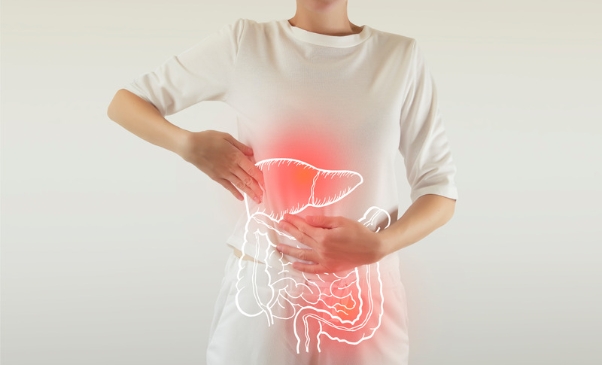
What are the benefits of chemical digestion?Chemical digestion breaks down complex carbohydrates, proteins, and fibrous materials into their vitamins, minerals, and other nutrients. Chemical digestion is one of the ways to do it. Eating for performance is a way your body gets all the nutrients it needs to work at its best.
Chemical digestion can be beneficial in a wide range of situations as long as it is done correctly. For instance, it might help digestion by making breaking down food slightly easier. Because of this, your body can use the nutrients in the food you eat better.Complex carbohydrates and proteins can both be broken down chemically into their parts. It's possible that limiting the amount of sugar and carbs you eat with this method will lower your overall risk of getting sick.
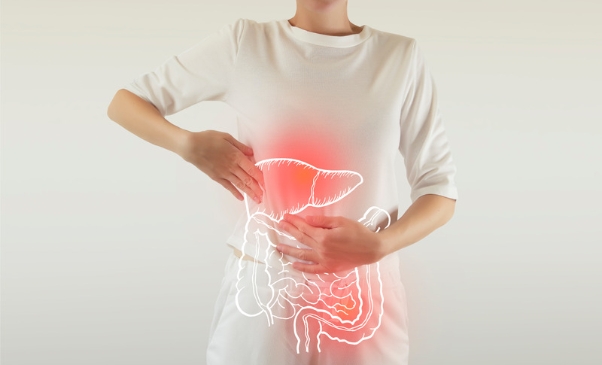
What are the risks of chemical digestion?Large molecules are slowly broken down into the parts they are made of as they go through chemical digestion. One way to deal with proteins and other large compounds is to break them down chemically. This is done so that the molecules can be broken down and processed for beneficial chemicals or nutrients.Chemical digestion can be done in three main ways: by thermolysis, enzymatic digestion, and biological digestion. Thermal chemical digestion is the most common type of chemical digestion. It uses heat to break up molecules in the target substance. In the chemical digestion process, enzymes act as catalysts, breaking up large molecules into smaller and smaller pieces. In biological chemical digestion, microorganisms are used to break down substances.Chemical digestion brings up several problems, such as toxic substances, harmful environmental effects, and possible safety issues. It is a bad idea to take poison at any time when you have the chance to do so. The ecosystem may be affected if the chemicals used in the digestion process are bad for the environment. If the chemicals used to digest the food are dangerous to humans, the user could be in danger.How to minimize the risks of chemical digestion?Put another way; chemical digestion is breaking down chemical compounds with complicated molecular structures into simpler designs. Most of the time, an enzyme is used in this process. Using this method, it is possible to break down some chemical compounds very well.First, you need to ensure that the enzymes you're working with are safe. Two, picking the suitable molecule for the breakdown is very important. Last but not least, the operation must be carefully watched to ensure it doesn't make any dangerous byproducts. Last, you should always have a backup plan if your primary goals fail. What to do if chemical digestion is not effective?The first step in recycling is to break down the different compounds. It helps break down the material to be recycled or used to make new things with less work. If chemical digestion doesn't work, putting the trash in a landfill may be the only option.You don't have to use chemical digestion to get desired results. You can do a lot of other things. One of the first things that could be done is to turn up the heat. If lowering the volume is one of your most important goals, this might help. The second way is to add more enzymes to the final product. These enzymes might be able to help break down the medicine. If nothing else works, add more organic matter as a last resort. This organic compound could speed up the process of things breaking down.
A fourth option is to add more water. This water can be used to dilute the chemical, which makes it easier to break down. Sixth on our list of things to do is to turn up the heat. There is a chance that the heat will cause the material to break down. Sixth, breathing in a little bit more oxygen can be helpful. Oxygen may speed up the way the medicine breaks down.
Another thing you could try is to change the amount of water that is there. There is a chance that the material will break down faster because of the moisture in the air. More sand could be added as the eighth possible solution. There's a chance that this sand will soak up the chemical, speeding up the process of breaking down. Instead, you could try adding a few more pieces of broken glass. If the chemical touches this glass, it might break.Conclusion:We hope our look into how chemical digestion works was exciting and helpful for you. This system makes it possible for nutrients to get to the body's cells. Getting to this point in the process is very important. You need to know this stuff to make good decisions for your health. Also, we thought it would be helpful to give you some tips on keeping your digestive system healthy so that it continues to work well. We're glad you took the time to read our article, and we hope you learned something from it.




